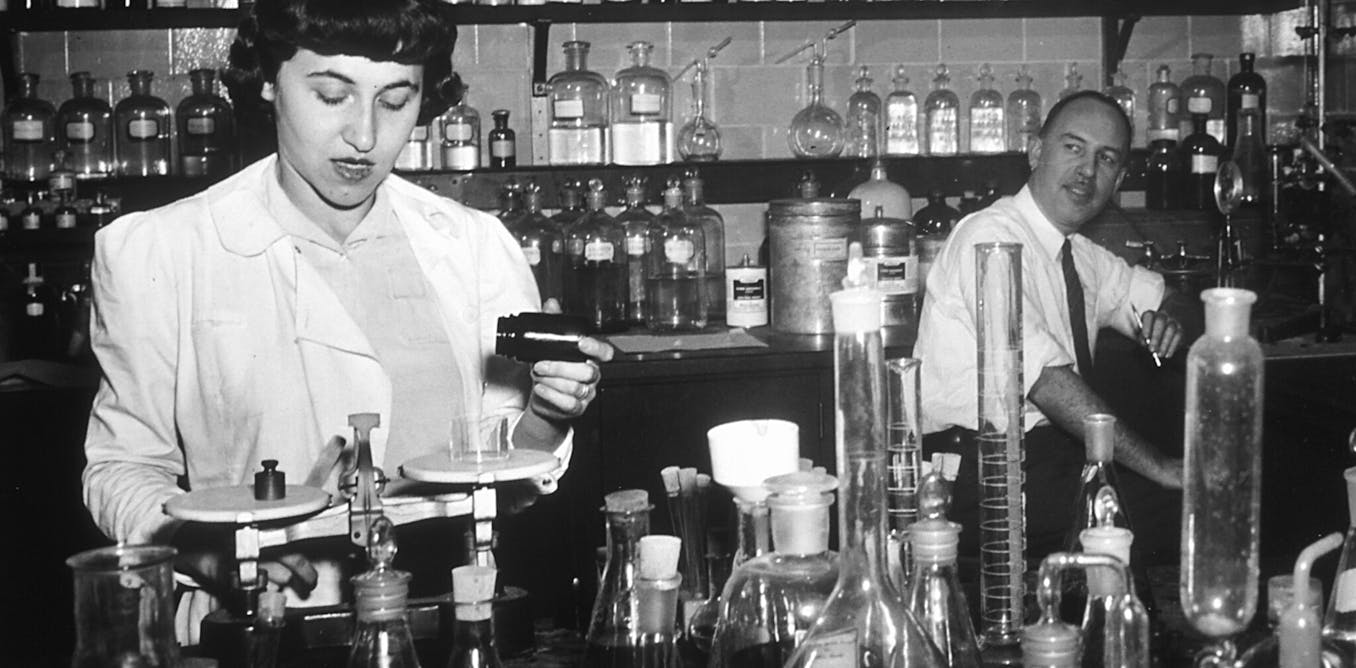In the two years since Arati Prabhakar was appointed director of the White House Office of Science and Technology Policy, she has set the United States on a course toward regulating artificial intelligence. The IEEE Fellow advised the U.S. President Joe Biden in writing the executive order he issued to accomplish the goal just six months after she began her new role in 2022.
Prabhakar is the first woman and the first person of color to serve as OSTP director, and she has broken through the glass ceiling at other agencies as well. She was the first woman to lead the National Institute of Standards and Technology (NIST) and the Defense Advanced Research Projects Agency.
Working in the public sector wasn’t initially on her radar. Not until she became a DARPA program manager in 1986, she says, did she really understand what she could accomplish as a government official.
“What I have come to love about [public service] is the opportunity to shape policies at a scale that is really unparalleled,” she says.
Prabhakar’s passion for tackling societal challenges by developing technology also led her to take leadership positions at companies including Raychem (now part of TE Connectivity), Interval Research Corp., and U.S. Venture Partners. In 2019 she helped found Actuate, a nonprofit in Palo Alto, Calif., that seeks to create technology to help address climate change, data privacy, health care access, and other pressing issues.
“I really treasure having seen science, technology, and innovation from all different perspectives,” she says. “But the part I have loved most is public service because of the impact and reach that it can have.”
Discovering her passion for electrical engineering
Prabhakar, who was born in India and raised in Texas, says she decided to pursue a STEM career because when she was growing up, her classmates said women weren’t supposed to work in science, technology, engineering or mathematics.
“Them saying that just made me want to pursue it more,” she says. Her parents, who had wanted her to become a doctor, supported her pursuit of engineering, she adds.
After earning a bachelor’s degree in electrical engineering in 1979 from Texas Tech University, in Lubbock, she moved to California to continue her education at Caltech. She graduated with a master’s degree in EE in 1980, then earned a doctorate in applied physics in 1984. Her doctoral thesis focused on understanding deep-level defects and impurities in semiconductors that affect device performance.
After acquiring her Ph.D., she says, she wanted to make a bigger impact with her research than academia would allow, so she applied for a policy fellowship from the American Association for the Advancement of Science to work at the congressional Office of Technology Assessment. The office examines issues involving new or expanding technologies, assesses their impact, and studies whether new policies are warranted.
“We have huge aspirations for the future—such…
Read full article: Trailblazing Tech Leader Helps Shape U.S. AI Strategy

The post “Trailblazing Tech Leader Helps Shape U.S. AI Strategy” by Joanna Goodrich was published on 08/10/2024 by spectrum.ieee.org







































Leave a Reply